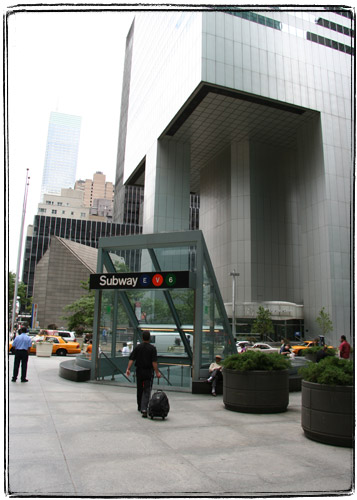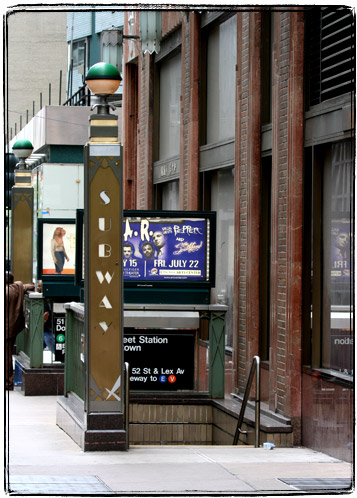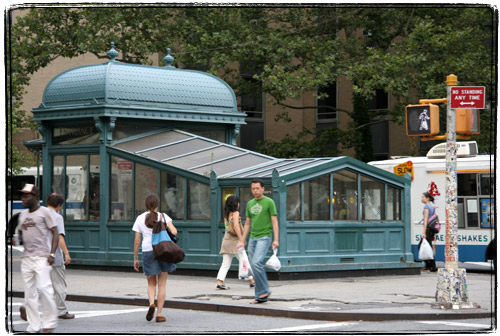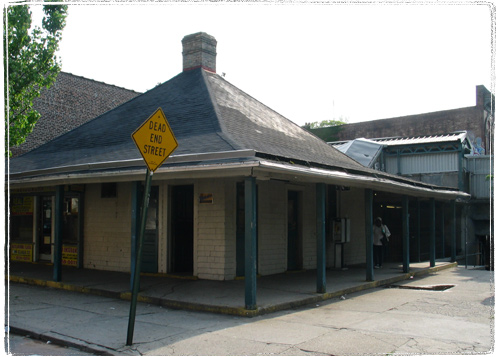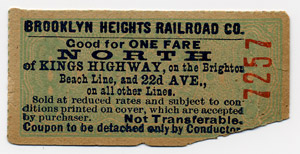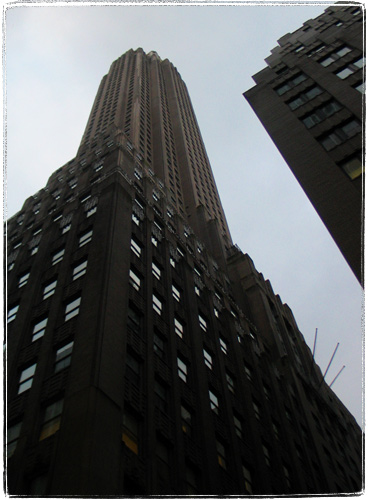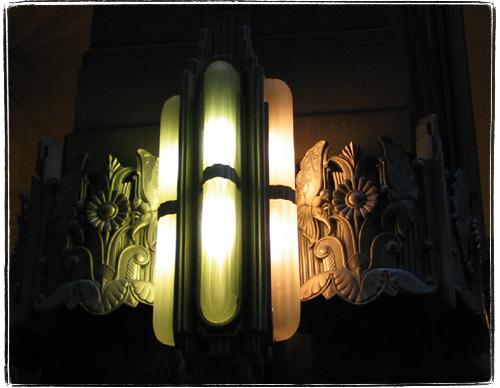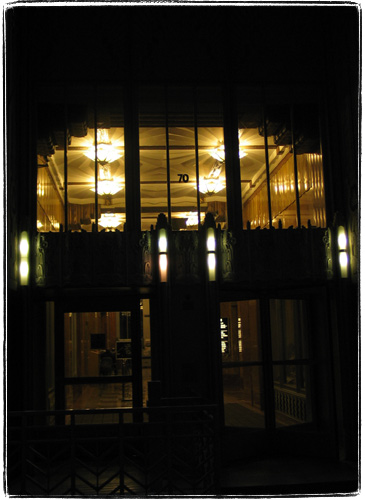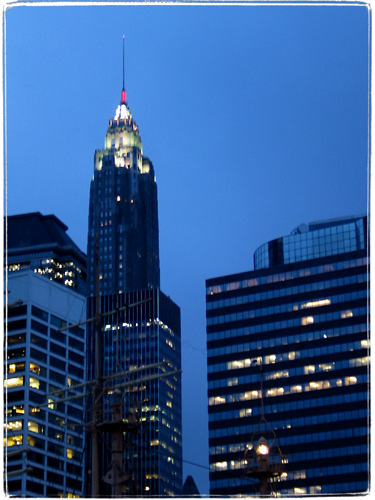When I was in my teens, I wanted to become an architect. I read books about architecture, and one of my favorite pastimes was trying to tell the architectural style of any buildings I saw. I did that in my native city of Odessa, Ukraine and on the trips to Moscow, Leningrad and Kiev. For a while I really favored the Gothic style. I really liked the soaring feeling of gothic churches. But then I’ve seen a rather plain building with rounded, yet also soaring shapes. The only decoration on the building were relief plaques. The building was rather old, yet depicted on the plaques were an airplane, a light bulb, a telegraph key and I think a radio. My dad explained to me about Art Deco style.
Here, in America, I learned about different art movements of the beginning of the century. It gets pretty complicated. There is Art Deco, Art Modern, Art Nouveau, Arts and Crafts and Shaker style. Why I like these styles? Well, it’s because I think that they have just the right proportion of beauty and utility. This is a sort of a mental cheat sheet that I have (embellished with links, of course):
Shaker Style: Shakers are a now mostly extinct religious sect. In fact they are a splinter of the Quaker movement, and were called shaking Quakers because their praying during which they shook. I can’t distinguish Shaker Style from Arts and Crafts, and indeed they are very similar. Genuine Shaker items are very expensive, but these days many manufacturers make shaker style furniture and kitchen cabinets. Although great designers and craftsmen, there are very few Shakers remaining. I bet it’s all because they are supposed to be celibate.
Arts and Crafts: Started in Great Britain. A bunch of designers and architects were pissed off by the poor quality and gaudiness of early mass produced things. Their motto was something to the tune of “turn artists into craftsmen and craftsmen into artists”. Simple bordering on austere designs, natural materials, muted colors, handmade look. The radically new idea was to take away most of decoration, but at the same time turn structural elements into decorations. Instead of hiding beams, supports, joins and other elements of construction, the designers would instead show them off. The solidity, strength are considered virtues. The proportions are usually more down to earth, not meant to dwarf a person. Think Frank Lloyd Wright and Newcomb College Pottery. Basically heavy duty, expensive hand made crap for rich people with good taste.
Art Nouveau: Started in France. The name is derived from the name of some gallery or exhibition or something like that. The idea was to create a whole new style for the new century. Just to be different. The designs are organic (meaning that things looked as if they were grown, not built), proportions – elongated. Not a single sharp edge to be seen. Think Aubrey Beardsley, Tiffany (who names their son Louis Comfort?), Gaudi and what he did in Barcelona. I would also call H.R. Ggiger’s stuff modern Art Nouveau, although I don’t know if that’s correct. In general a style for eccentric rich people.
Art Deco: Very similar to Arts and Crafts and Art Nouveau. The major difference is that instead of making things look hand made, the fact that things are made by machines now is celebrated. Elements of the design are very industrial, proportions – soaring. There is a wide variety in colors used – sometimes they are muted, even dark, sometimes – absolutely outrageous. Shining stainless steel is not out of place, and neither is polished black lacquer. Think Chrysler Building, Empire State Building and other New York skyscrapers, early Polaroid cameras, bakelite rotary phones (in fact anything made out of bakelite), cathedral radios, turn of the century cars.
The thing is, Art Deco is easily corrupted. There is a style that is sometimes derogatively referred to as “Bronx Modern” or “Flatbush Renaissance”. Gaudy, ugly stuff. Like much of Italian furniture sold in Brooklyn. Or like Joey Tribbiani’s apartment in “Friends”. Such perverted Art Deco is rather common. Do not confuse it with true, beautiful Art Deco.
